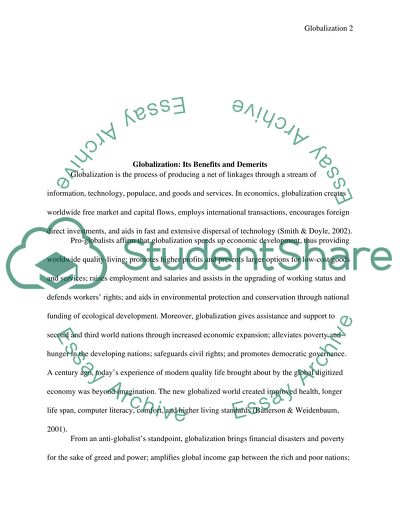Cite this document
(“Globalization Research Paper Example | Topics and Well Written Essays - 2500 words”, n.d.)
Retrieved from https://studentshare.org/family-consumer-science/1409577-globalization
Retrieved from https://studentshare.org/family-consumer-science/1409577-globalization
(Globalization Research Paper Example | Topics and Well Written Essays - 2500 Words)
https://studentshare.org/family-consumer-science/1409577-globalization.
https://studentshare.org/family-consumer-science/1409577-globalization.
“Globalization Research Paper Example | Topics and Well Written Essays - 2500 Words”, n.d. https://studentshare.org/family-consumer-science/1409577-globalization.


